
https://wattsupwiththat.com/2021/10/12/chinese-climate-policy-driven-coal-crisis-worsens/
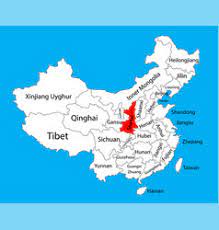
https://en.wikipedia.org/wiki/Shanxi#/media/File:Shanxi_in_China_(+all_claims_hatched).svg

This is a review of what happened a year ago in China and hasn't happened in 2021:
https://www.marketforum.com/forum/topic/64916/#64948
By metmike - Jan. 29, 2021, 5:09 p.m.
The price of corn in China is almost double ours right now.
That's the main driving item.
Our price is cheap, compared to where the price is in China. It's a global economy.
Why is the price so high in China right now?
Their crop was pummeled by 3 different typhoons late in the growing season last year:
Three typhoons buffeted China’s main corn belt of the provinces of Heilongjiang, Jilin, Liaoning and the Inner Mongolia region in late August and early September, flattening plants and flooding fields just as the corn crop reached maturity.
“Flattened crops are not equal to no harvest, and you might recover some output if the crops get handled properly later,” said Meng Jinhui, senior analyst with Shengda Futures.
++++++++++++
By metmike - Jan. 29, 2021, 5:31 p.m.
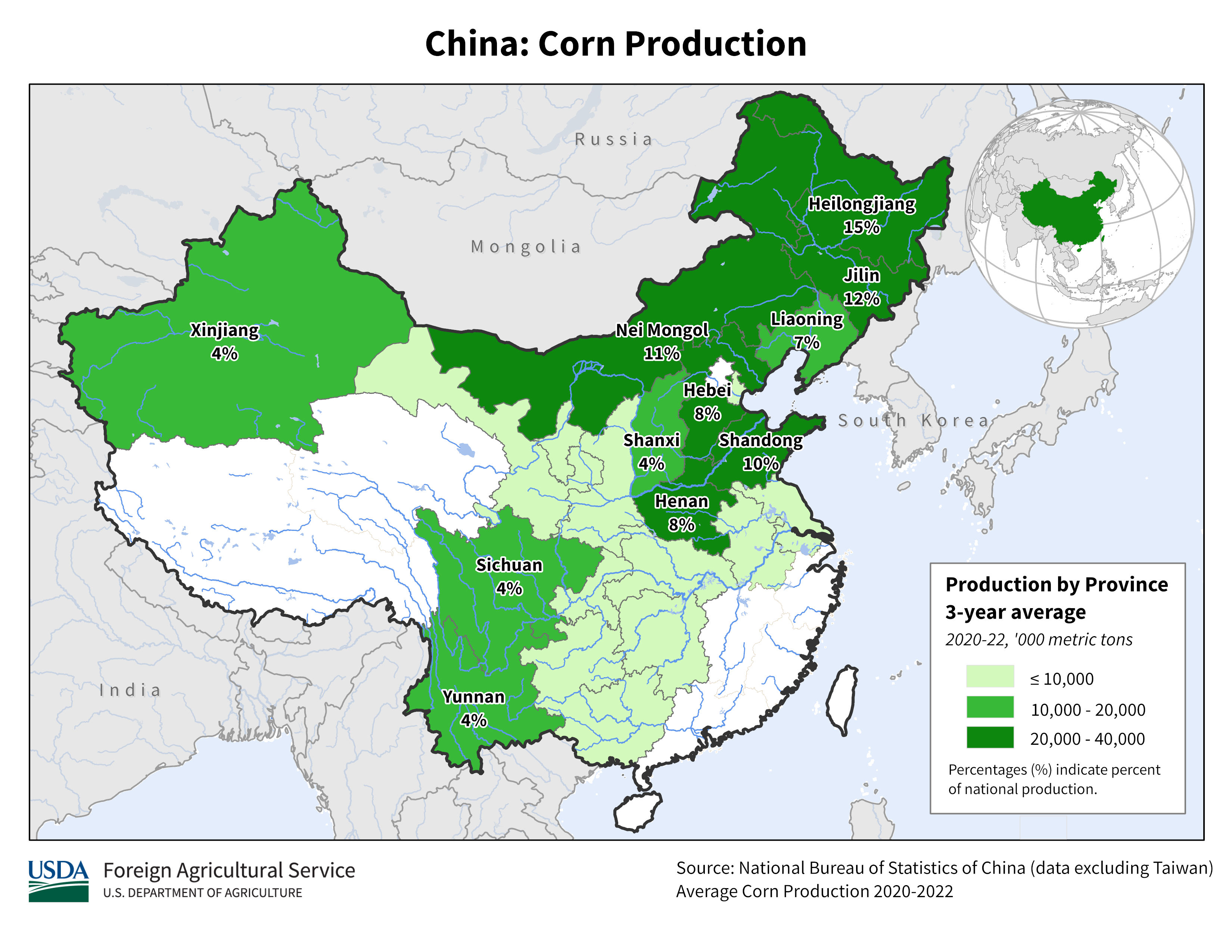
metmike:
These are the 3 Typhoons that hit the high production green areas above in China in a very short period late last growing season and did tremendous damage to their corn crop. Soils were already saturated from the first 2, so the winds from the 3rd one left plants more vulnerable to being uprooted:
https://en.wikipedia.org/wiki/2020_Pacific_typhoon_season
Main article: Typhoon Bavi (2020)
| Typhoon (JMA) | |
| Category 3 typhoon (SSHWS) | |
  | |
| Duration | August 20 – August 27 |
|---|---|
| Peak intensity | 155 km/h (100 mph) (10-min) 950 hPa (mbar) |
| Typhoon (JMA) | |
| Category 4 typhoon (SSHWS) | |
 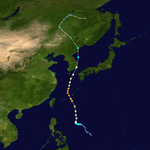 | |
| Duration | August 27 – September 3 |
|---|---|
| Peak intensity | 175 km/h (110 mph) (10-min) 935 hPa (mbar) |
Main article: Typhoon Maysak (2020)
| Typhoon (JMA) | |
| Category 4 super typhoon (SSHWS) | |
 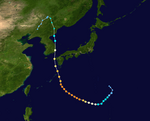 | |
| Duration | August 30 – September 7 |
|---|---|
| Peak intensity | 195 km/h (120 mph) (10-min) 910 hPa (mbar) |
Main article: Typhoon Haishen (2020)
+++++++++++++++++++++++++++++++++++++++++
https://www.marketforum.com/forum/topic/66925/#67090
By metmike - March 24, 2021, 11:36 p.m.
This is what I think happened, also mentioned earlier at this thread for corn.
https://www.marketforum.com/forum/topic/64916/#64948
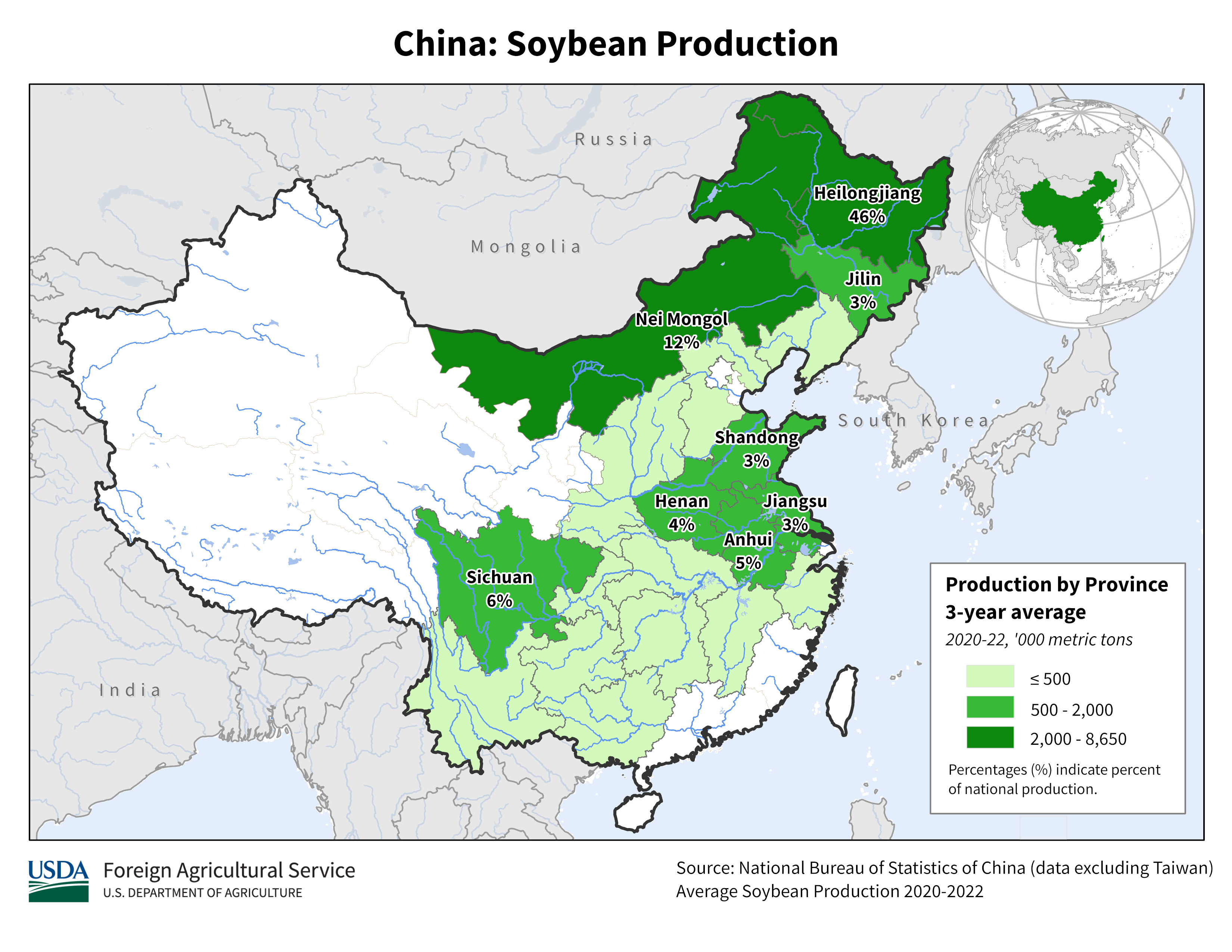
+++++++++++++++++++++++++++++++++++++++++++++++++++++++++++
These are the 3 Typhoons that hit the high production green areas above in China in a very short period late last growing season and did tremendous damage to their corn and soybean crop. Soils were already saturated from the first 2, so the winds from the 3rd one left corn plants more vulnerable to being uprooted and likely damaged beans too.
https://en.wikipedia.org/wiki/2020_Pacific_typhoon_season
In China, Winter wheat in planting has reached 26%, well off the avg of about 53% for the date. Constant rains in recent weeks have slowed field work and caused quality concerns for corn. Beijing has pledged to take measures to ensure a bumper harvest.
BEIJING, Oct 20 (Reuters) - Constant rains in recent weeks have delayed wheat planting in main production regions in China, a government official said on Wednesday.
China had completed 26% of winter wheat planting across the nation by Oct. 19, slower by 27 percentage points than normal years, due to constant rains since September, according to Pan Wenbo, head of the planting management division under the Ministry of Agriculture and Rural Affairs.
The ministry will take "extraordinary measures" to tackle the "unfavourable impact and austere challenges" the rains have posed for harvest and planting, Pan said during a press briefing.
China's cabinet, the State Council, on Wednesday said authorities would work to ensure a "bumper" summer grain harvest next year, state broadcaster CCTV reported.
Measures taken to achieve this include doing a good job in drying and stockpiling grain, as well as in autumn and winter planting, CCTV said in its evening newscast after a State Council meeting chaired by Premier Li Keqiang.
Other measures include speeding up drainage of farmland, increasing supply of fertiliser and pesticides, and ensuring supply of electricity and diesel for grain drying, the report said, adding flood-hit areas will be entitled to disaster relief funds.
Pan's comments came as Beijing renewed a policy focus on food security following the COVID-19 pandemic and after prices of corn, the other main grain crop in China, soared on falling inventories and output, pushing up feed use of wheat and grains imports to record high levels.
"It is still hopeful that we will win a bumper harvest (of wheat next year) as long as we can plant before winter and follow up with proper management measures in the spring," Pan said. Late planting would affect growth, while too much moisture in the land would cause more diseases for the crop, Pan added.
China has raised the minimum purchase price for wheat in 2022, part of an effort to enhance grain security, by bolstering farmers' interest in growing the grain.
The rains have also delayed harvest of autumn grains, which mainly include corn, soybeans and middle-late season rice, by 4 percentage points compared with normal years, and pushed up cost, Pan also said.
Heavy rains hit the corn harvest in northern China and damaged quality of the new crop, leading a government think tank to lower its estimates on China's 2021/22 corn output.
The rains mostly affected Huang-Huai-Hai river areas and northwestern China with limited impact on other main production regions including northeastern and southern China, Pan added. Autumn grains output in total was set to rise, thanks to increased acreage, and more planting of high-yield corn, according to Pan.